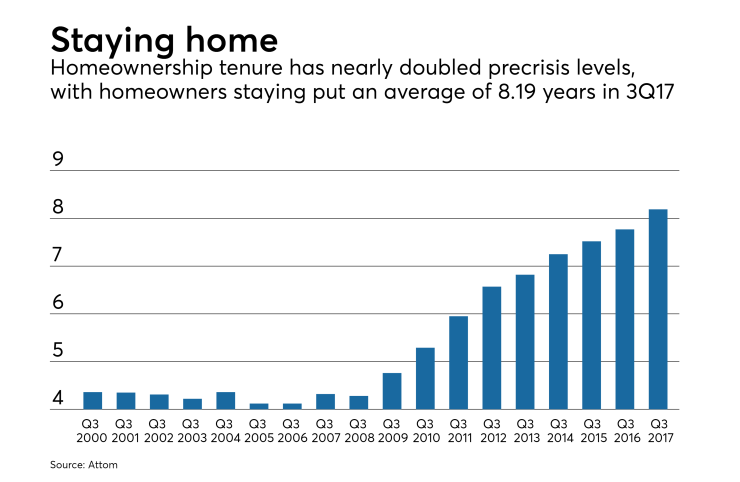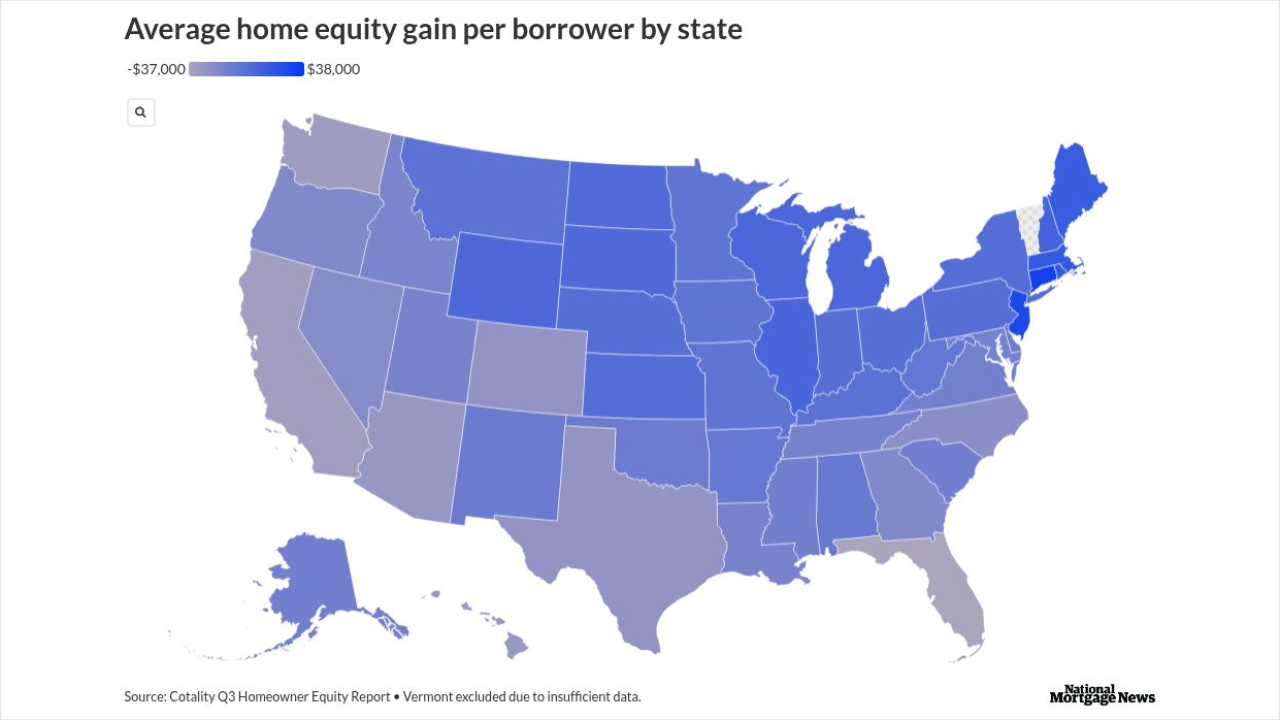Home remodeling activity reached a high not seen since 2001, as an improving economy and natural disaster recovery efforts drove demand, according to the National Association of Home Builders.
The NAHB's Remodeling Market Index rose three points, to a reading of 60, for the fourth quarter of 2017. It's only the second time since 2001 that the RMI has reached this high. For 19 consecutive quarters, the RMI has been at or above 50, signaling that more remodelers report higher activity than the previous quarter compared to those reporting lower activity.
"At a high of 60, the RMI is consistent with the strong growth in home improvement spending in 2017," NAHB Chief Economist Robert Dietz said in a press release. "However, the surge in the backlog of remodeling jobs likely reflects supply-side challenges remodelers are facing in the form of skilled labor shortages and rising material prices."
The remodeling pickup could indicate more homeowners are preparing to put their houses on the market during the upcoming selling season, something mortgage lenders would welcome after

The average homeowner is living in the same house for 8.19 years, according to Attom Data Solutions estimates for the third quarter of 2017. That's nearly double the precrisis homeownership tenure of 4.25 years in the first quarter of 2000, the earliest available data.
Though a growing remodeling market could prolong low inventory levels, it still presents an opportunity for mortgage lenders to offer home equity and remodeling loans to consumers. And since there were 42 million homeowners with an aggregate of $5.4 trillion in equity they could borrow against in 3Q 2017, this seems much more feasible than at the bottom of the market in 2012 when this figure was $3 trillion less.
However,





